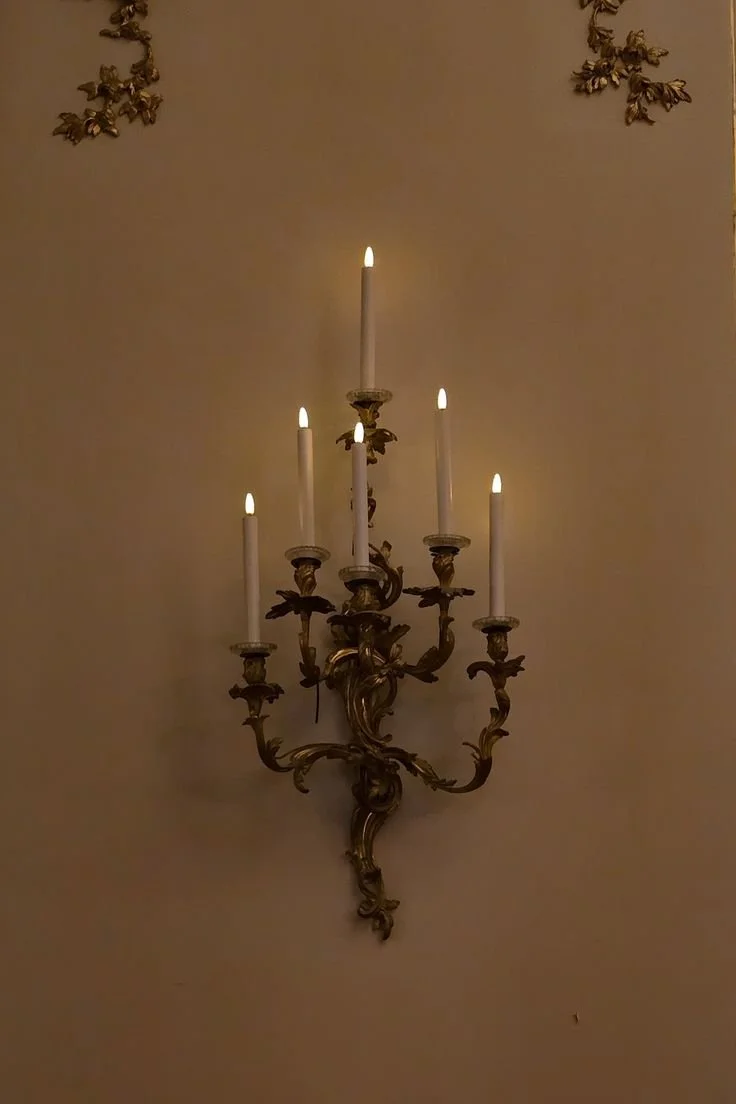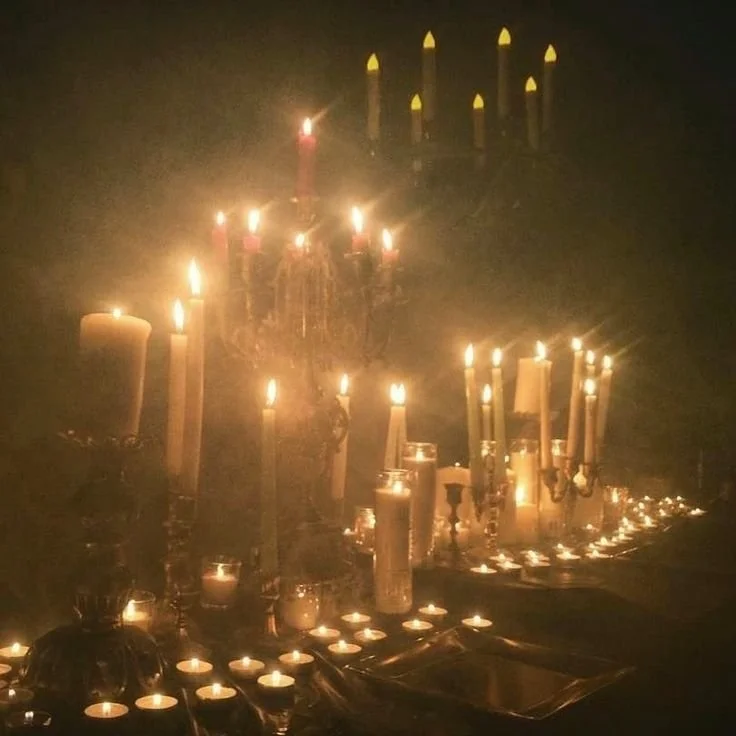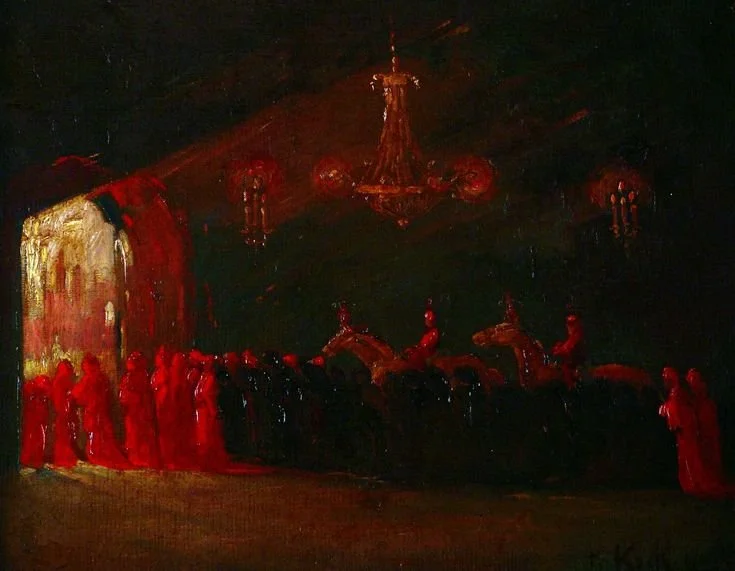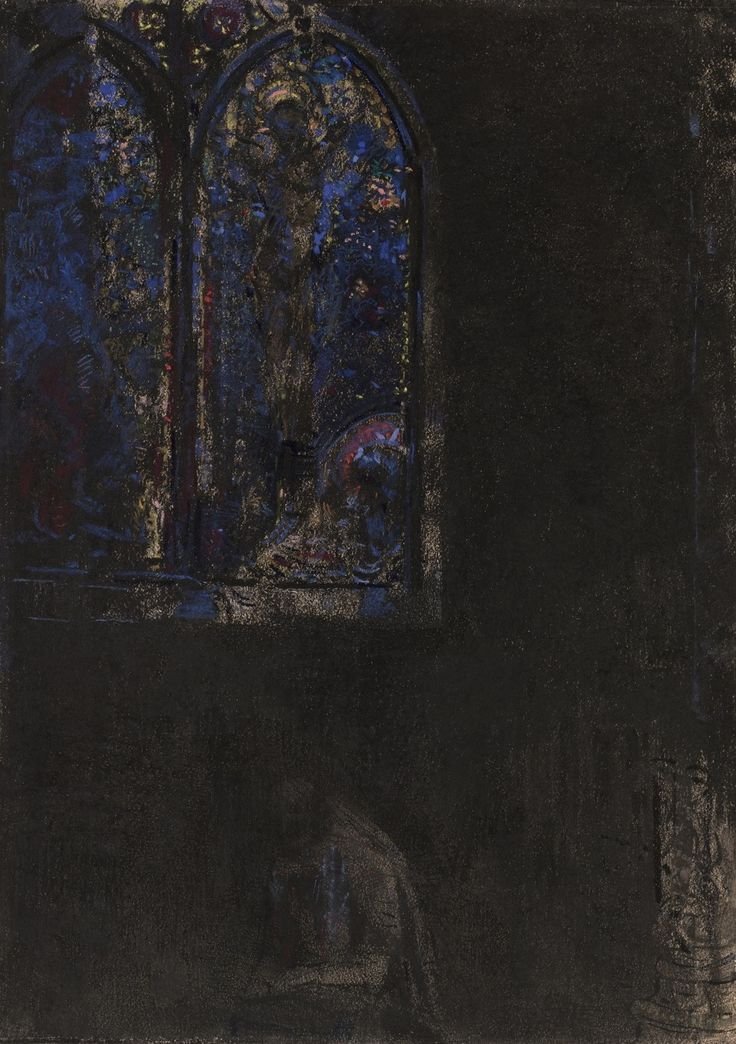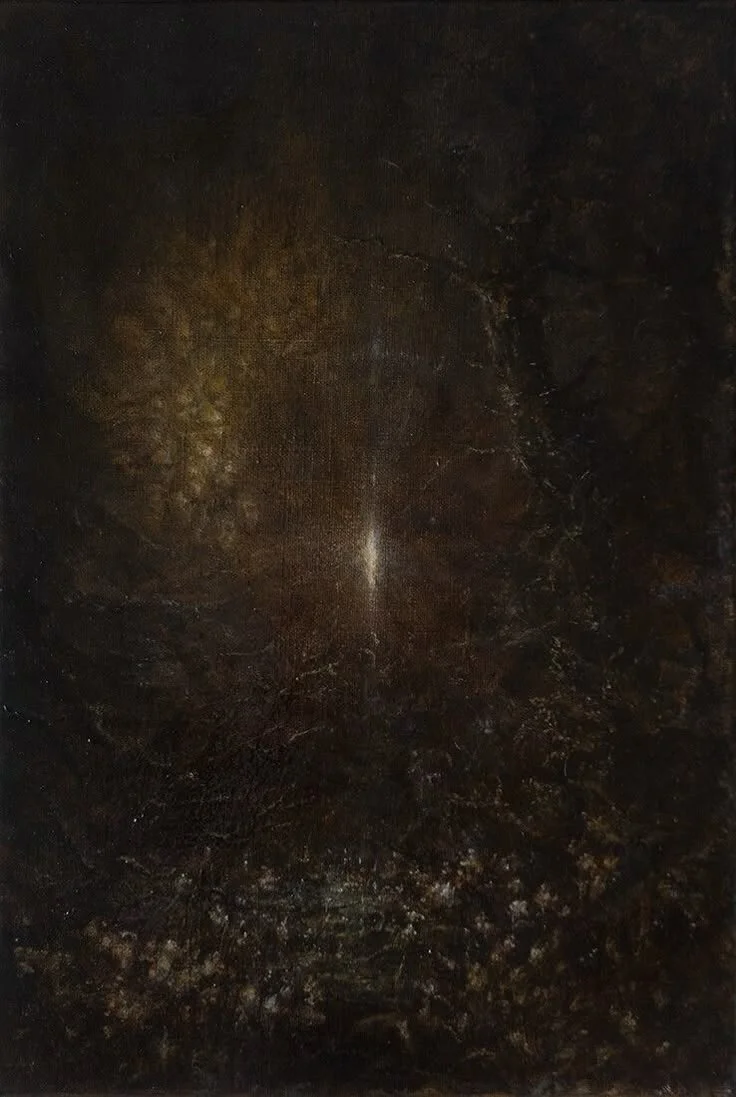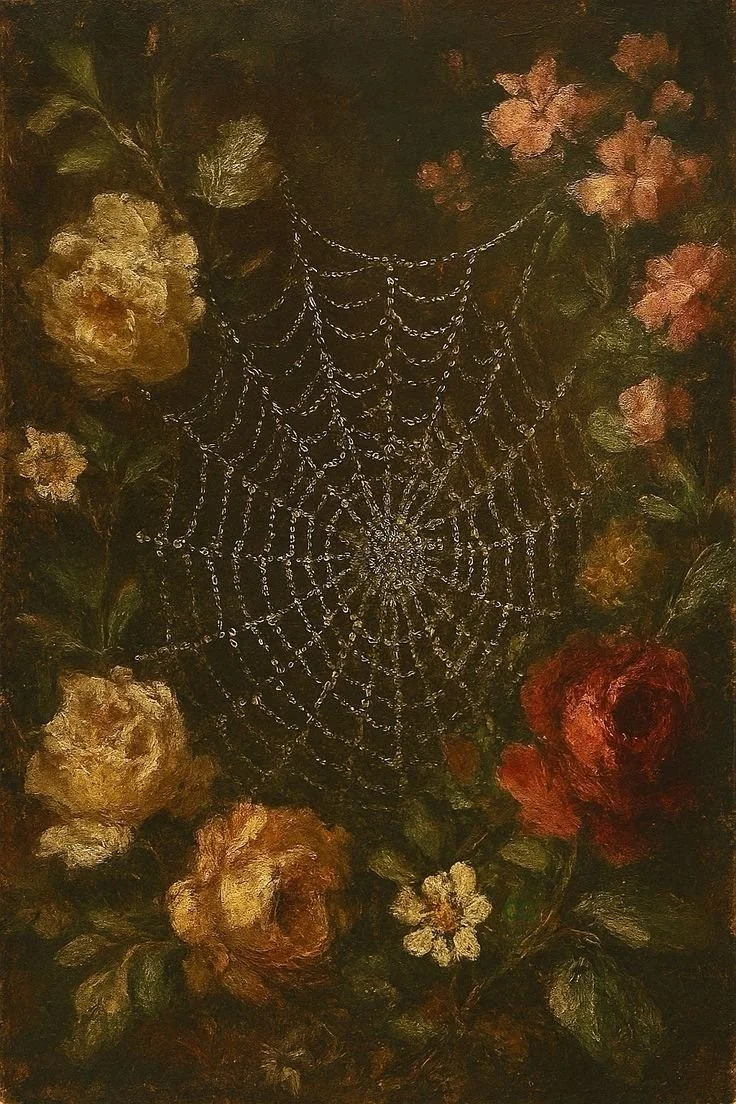BY JOANNA C. VALENTE
There is a large misconception about what non-binary actually means. There is no easy answer or explanation, just as there is no easy answer or explanation to what being a man or a woman is - or queer or happy or sad or hungry or passionate. Language often misses the mark when it comes to actually explaining what something means precisely, especially to different people.
When it comes to genderqueer and non-binary, there tends to be a lot of confusion, as if it means rejecting gender completely - or it means someone's appearance can't reflect masculinity or femininity, but must somehow be completely neutral or androgynous - or that we're all David Bowie types walking around via Ziggy Stardust. All the time, for instance, people are confused that I'm very femme, as if this takes away from my gender identity. News flash: It doesn't. And shouldn't.
While being genderqueer does mean that someone, like me, rejects the idea of a binary, it doesn't mean complete neutrality (especially as gender is more of a fluid spectrum than a definitive resolute). Neutrality, when it comes to gender, is rarely that simple. I personally think of the spectrum as a line: It is endless and full of possibilities, and less like a gradient spectrum with two or three choices.
There is no one way to "do" gender. There is no one way to present. Genderqueer means you can present as anything you want, whether it's femme, boyish, space alien, mermaid, or none of the above. Your body is non-binary, regardless of what it looks like or what gender is checked off on your birth certificate. You can also change your appearance whenever you want.
That's the beauty of taking ownership over your identity and body: You can be femme one day and boi-ish the next if you want to be. You can be androgynous, but you don't have to be. Assuming all non-binary people are assumes that if you present as femme or transmasculine or masculine that you aren't non-binary. There is no one way a non-binary person looks, it's the person within the body.
RELATED: How Can We Stop Heteronormative Parenting?
In the 2002 anthology, Genderqueer: Voices from Beyond the Sexual Binary, the authors write how gender is fluid:
A 2012 study published in Medical Hypotheses, pointed out by Everyday Feminism, found something interesting, as Trav Mammone wrote:
"In the study, Laura K. Case and Vilayanur S Ramachandran created an online survey posted in a group for people who identify as bigender. Out of the 32 participants, 14 participants reported involuntarily “switching” their gender identities daily, nine weekly, six monthly, and four several times a year.
The study also reveals that almost two-thirds of “bigender respondents reported experiencing phantom body parts and rated them as moderate in strength.”
Also, using "they" as a singular pronoun isn't necessarily new either, according to NPR:
"This use of “they” has been around for a long time. It shows up in Shakespeare, Dickens, and George Bernard Shaw. Jane Austen was always saying things like “everybody has their failing.” But the Victorian grammarians made it a matter of schoolroom dogma that one could only say “Everybody has his failing,” with the understanding that “he” stood in for both sexes. As their slogan had it, 'The masculine embraces the feminine.'"
The masculine pronoun "he" eventually became the norm (and usually the masculine form is the default in many languages) as a way to simplify language - which clearly causes its own problems, because it limits the way we envision the human body, creating the masculine as the standard, as opposed to using a neutral "they," which doesn't present any particular image - which is unironically much more accurate, considering bodies are all different.
Pronouns, and the use of them, has taken on a controversial new role since the Victorian Era in that masculinity and maleness have become the norm over femininity and femaleness, which also defines gender as being two-fold, or binary. In this way, gender oppression is real, because is doesn't allow for other options, not even a third gender (which has countless histories in various places, like hijras in South Asia, kathoeys in Thailand, and muxes in Mexico).
RELATED: What Self-Care & Beauty Rituals Mean for Trans & Non-Binary People
But even with the definition and acceptance of the third gender, the idea that gender is a construct and needs to be self-defined, not societally defined, is somehow still a radical notion. A notion that should be common sense. Telling someone how to act and dress is just part of the gender stereotype - and also ignores someone's safety, because sometimes, we have to present a certain way in order to survive in our current climate.
Wasn't it Simone de Beauvoir who said, back in 1949, that "the division of a species into two sexes is not always clear-cut"? In her book, The Second Sex, she went on to say:
"To be present in the world implies strictly that there exists a body which is at once a material thing in the world and a point of view towards this world; but nothing requires that this body have this or that particular structure.
The two types, male and female, are not always sharply distinguished; while they sometimes exhibit a dimorphism – in coat colour or in arrangement of spotting or mottling – that seems absolutely distinctive, yet it may happen, on the contrary, that they are indistinguishable and that even their functions are hardly differentiated.
The body is not a thing, it is a situation: it is our grasp on the world and our sketch of our project.”
While a cultural icon like David Bowie aesthetically pushes boundaries, even now, illustrating the fluidity of appearance and gender, the misconception that genderqueer and androgyny are intrinsically linked is far too simple - and reality is much more complicated. Androgyny is beautiful, but so are the myriad of other ways we choose to present. And that's precisely the point: It's all about the way we choose to present at any given moment, which is also subject to change.
Joanna C. Valente is a human who lives in Brooklyn, New York, and is the author of Sirs & Madams (Aldrich Press, 2014), The Gods Are Dead (Deadly Chaps Press, 2015), Marys of the Sea (The Operating System, 2017), Xenos (Agape Editions, 2016) and the editor of A Shadow Map: An Anthology by Survivors of Sexual Assault (CCM, 2017). Joanna received a MFA in writing at Sarah Lawrence College, and is also the founder of Yes, Poetry, a managing editor for Luna Luna Magazine and CCM, as well as an instructor at Brooklyn Poets. Some of their writing has appeared, or is forthcoming, in Brooklyn Magazine, Prelude, Apogee, Spork, The Feminist Wire, BUST, and elsewhere.

